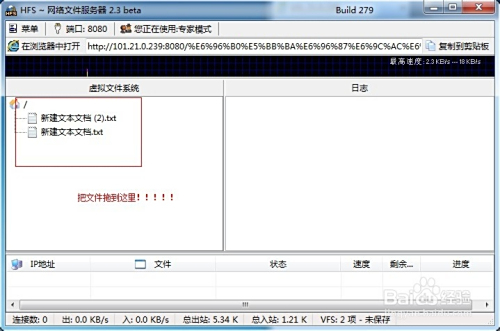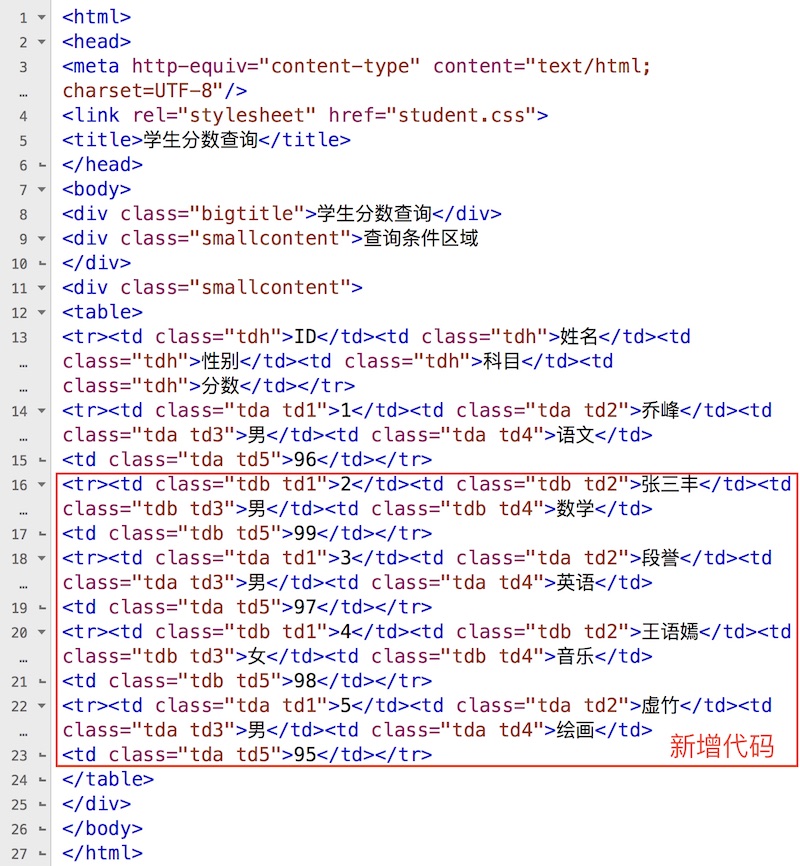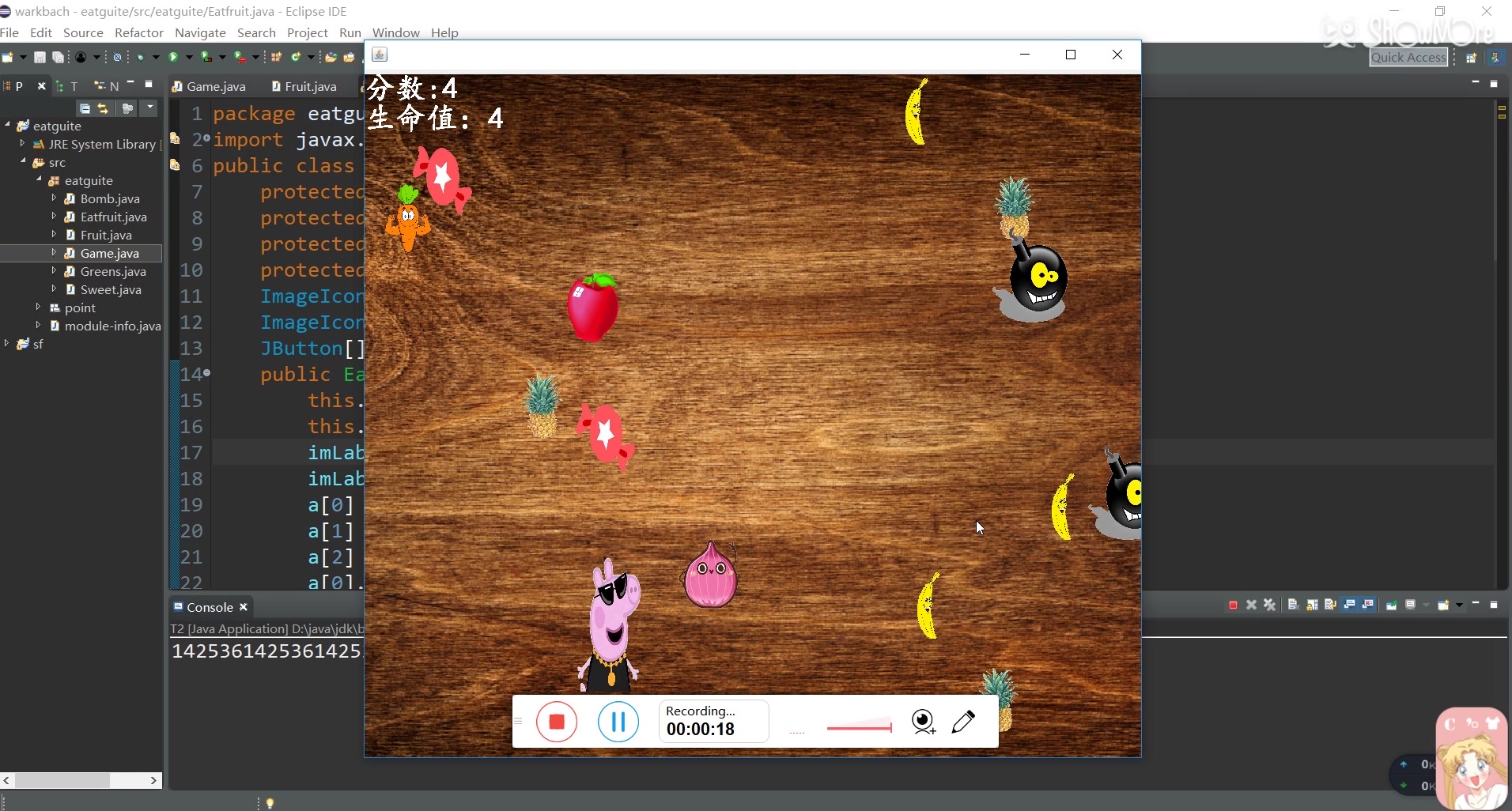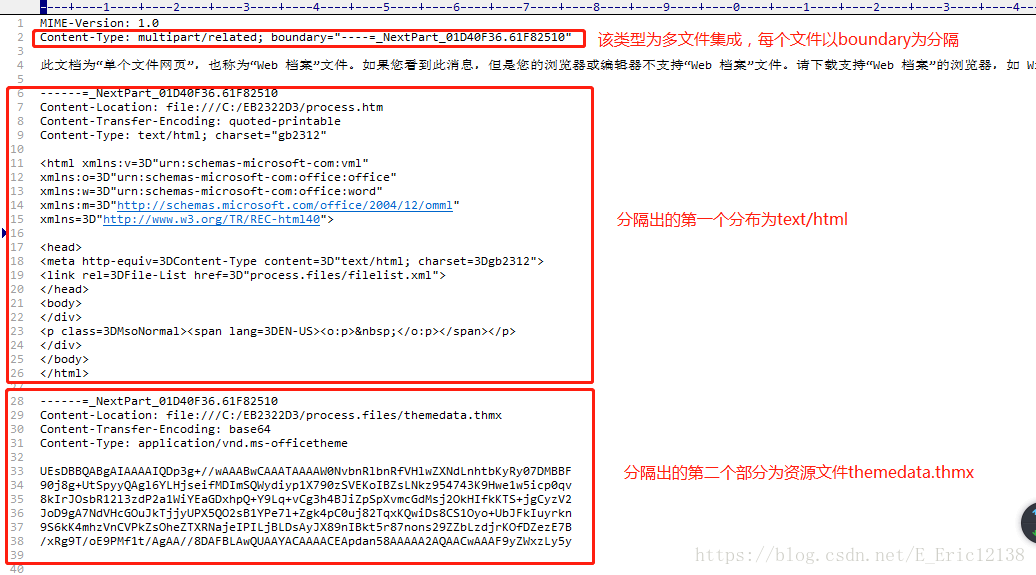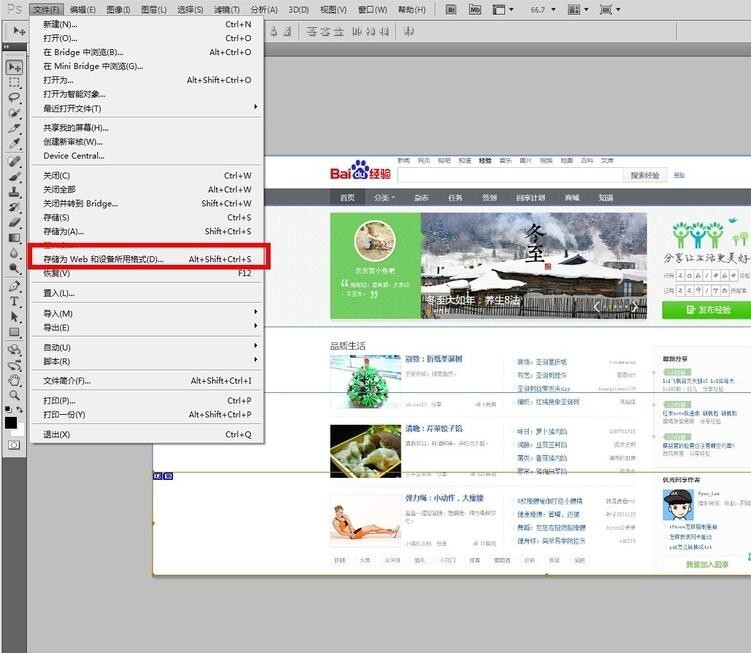上一篇
如何在WordPress中创建资料库?
- CMS教程
- 2025-06-02
- 2285
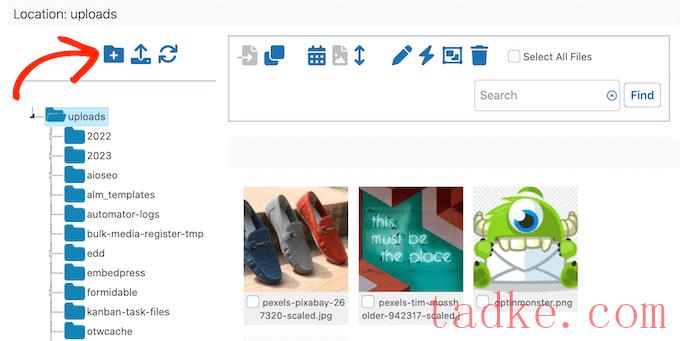
在WordPress中创建资料库通常需要借助插件(如Advanced Custom Fields或Pods)来定义自定义字段和内容类型,然后创建模板显示这些结构化数据,实现资料存储与管理功能。
WordPress资料库建设指南:打造高效易用的信息管理系统
在当今信息爆炸的时代,为网站访客提供一个结构清晰、内容丰富的资料库至关重要,本文将详细介绍如何使用WordPress创建专业资料库,帮助您高效整理和展示各类信息资源。
<!DOCTYPE html>
<html lang="zh-CN">
<head>
<meta charset="UTF-8">
<meta name="viewport" content="width=device-width, initial-scale=1.0">WordPress资料库建设指南:打造高效易用的信息管理系统</title>
<link href="https://fonts.googleapis.com/css2?family=Noto+Sans+SC:wght@300;400;500;700&display=swap" rel="stylesheet">
<link rel="stylesheet" href="https://cdnjs.cloudflare.com/ajax/libs/font-awesome/6.0.0/css/all.min.css">
<style>
* {
margin: 0;
padding: 0;
box-sizing: border-box;
}
body {
font-family: 'Noto Sans SC', sans-serif;
line-height: 1.8;
color: #333;
background: linear-gradient(135deg, #f5f7fa 0%, #e4edf5 100%);
padding: 20px;
max-width: 1200px;
margin: 0 auto;
}
header {
text-align: center;
padding: 60px 20px;
background: linear-gradient(120deg, #2c3e50, #1a2530);
color: white;
border-radius: 15px;
margin-bottom: 40px;
box-shadow: 0 10px 30px rgba(0,0,0,0.15);
position: relative;
overflow: hidden;
}
header::before {
content: "";
position: absolute;
top: -50%;
left: -50%;
width: 200%;
height: 200%;
background: radial-gradient(circle, rgba(255,255,255,0.1) 0%, rgba(255,255,255,0) 70%);
transform: rotate(30deg);
}
h1 {
font-size: 2.8rem;
margin-bottom: 20px;
position: relative;
text-shadow: 0 2px 10px rgba(0,0,0,0.3);
}
.subtitle {
font-size: 1.3rem;
max-width: 800px;
margin: 0 auto 30px;
font-weight: 300;
opacity: 0.9;
}
.intro-box {
background: rgba(255,255,255,0.1);
backdrop-filter: blur(10px);
border-radius: 12px;
padding: 25px;
max-width: 900px;
margin: 0 auto;
border: 1px solid rgba(255,255,255,0.2);
}
.container {
display: grid;
grid-template-columns: 1fr 350px;
gap: 30px;
margin-bottom: 50px;
}
.content {
background: white;
border-radius: 15px;
padding: 40px;
box-shadow: 0 8px 30px rgba(0,0,0,0.08);
}
.sidebar {
background: white;
border-radius: 15px;
padding: 30px;
box-shadow: 0 8px 30px rgba(0,0,0,0.08);
align-self: start;
}
h2 {
color: #2c3e50;
margin: 30px 0 20px;
padding-bottom: 15px;
border-bottom: 3px solid #4a9fe3;
font-size: 1.8rem;
position: relative;
}
h2 i {
margin-right: 12px;
color: #4a9fe3;
}
h3 {
color: #2c3e50;
margin: 25px 0 15px;
font-size: 1.4rem;
display: flex;
align-items: center;
}
h3 i {
margin-right: 10px;
color: #4a9fe3;
font-size: 1.2rem;
}
p {
margin-bottom: 20px;
font-size: 1.05rem;
color: #444;
}
.card-grid {
display: grid;
grid-template-columns: repeat(auto-fit, minmax(300px, 1fr));
gap: 25px;
margin: 30px 0;
}
.card {
background: #ffffff;
border-radius: 12px;
padding: 25px;
box-shadow: 0 5px 15px rgba(0,0,0,0.05);
transition: all 0.3s ease;
border-top: 4px solid #4a9fe3;
}
.card:hover {
transform: translateY(-5px);
box-shadow: 0 10px 25px rgba(0,0,0,0.1);
}
.card h4 {
font-size: 1.3rem;
margin-bottom: 15px;
color: #2c3e50;
display: flex;
align-items: center;
}
.card h4 i {
margin-right: 10px;
background: #e8f4ff;
width: 36px;
height: 36px;
display: flex;
align-items: center;
justify-content: center;
border-radius: 50%;
color: #4a9fe3;
}
ul, ol {
margin: 20px 0 20px 30px;
}
li {
margin-bottom: 12px;
position: relative;
padding-left: 25px;
}
li:before {
content: "•";
color: #4a9fe3;
font-weight: bold;
position: absolute;
left: 0;
top: 0;
}
.info-box {
background: #e8f4ff;
border-left: 4px solid #4a9fe3;
padding: 20px;
border-radius: 0 8px 8px 0;
margin: 25px 0;
}
.tip-box {
background: #fff9e6;
border-left: 4px solid #ffc107;
padding: 20px;
border-radius: 0 8px 8px 0;
margin: 25px 0;
}
.warning-box {
background: #ffebee;
border-left: 4px solid #f44336;
padding: 20px;
border-radius: 0 8px 8px 0;
margin: 25px 0;
}
.plugin-list li {
padding: 15px;
background: #f8f9fa;
border-radius: 8px;
margin-bottom: 15px;
display: flex;
align-items: center;
}
.plugin-list i {
margin-right: 15px;
font-size: 1.5rem;
color: #4a9fe3;
}
.plugin-details {
flex: 1;
}
.plugin-name {
font-weight: bold;
font-size: 1.1rem;
margin-bottom: 5px;
}
.step-container {
counter-reset: step-counter;
margin: 30px 0;
}
.step {
position: relative;
padding: 25px 25px 25px 80px;
background: white;
border-radius: 12px;
margin-bottom: 25px;
box-shadow: 0 5px 15px rgba(0,0,0,0.05);
}
.step:before {
counter-increment: step-counter;
content: counter(step-counter);
position: absolute;
left: 20px;
top: 25px;
width: 40px;
height: 40px;
background: #4a9fe3;
color: white;
border-radius: 50%;
display: flex;
align-items: center;
justify-content: center;
font-weight: bold;
font-size: 1.2rem;
}
.conclusion {
background: linear-gradient(120deg, #4a9fe3, #2c6ca0);
color: white;
border-radius: 15px;
padding: 40px;
text-align: center;
margin: 40px 0;
box-shadow: 0 10px 30px rgba(0,0,0,0.15);
}
.conclusion h2 {
color: white;
border-bottom: 3px solid rgba(255,255,255,0.3);
margin-bottom: 25px;
}
.references {
background: #f8f9fa;
border-radius: 12px;
padding: 30px;
margin-top: 50px;
}
.references h3 {
margin-top: 0;
}
footer {
text-align: center;
padding: 30px;
color: #6c757d;
font-size: 0.9rem;
}
.btn {
display: inline-block;
background: #2c3e50;
color: white;
padding: 14px 28px;
border-radius: 50px;
text-decoration: none;
font-weight: 500;
margin: 10px;
transition: all 0.3s ease;
border: 2px solid #2c3e50;
}
.btn:hover {
background: transparent;
color: #2c3e50;
}
.btn-primary {
background: #4a9fe3;
border-color: #4a9fe3;
}
.btn-primary:hover {
background: transparent;
color: #4a9fe3;
}
@media (max-width: 900px) {
.container {
grid-template-columns: 1fr;
}
h1 {
font-size: 2.3rem;
}
}
</style>
</head>
<body>
<header>
<h1><i class="fas fa-database"></i> WordPress资料库建设指南</h1>
<p class="subtitle">打造高效、专业且用户友好的信息管理系统</p>
<div class="intro-box">
<p>在当今信息过载的时代,为您的访客提供一个结构清晰、内容丰富的资料库至关重要,本指南将带您深入了解如何使用WordPress构建专业资料库,从基础概念到高级实现技巧,全面涵盖您需要了解的所有内容。</p>
</div>
</header>
<div class="container">
<div class="content">
<h2><i class="fas fa-star"></i>为什么需要专业资料库?</h2>
<p>在信息爆炸的互联网时代,访客更倾向于访问那些能够提供系统化、结构化信息的网站,一个专业的资料库可以:</p>
<div class="card-grid">
<div class="card">
<h4><i class="fas fa-search"></i> 提升用户体验</h4>
<p>让访客能够快速找到所需信息,减少搜索时间,提高用户满意度。</p>
</div>
<div class="card">
<h4><i class="fas fa-chart-line"></i> 增强SEO表现</h4>
<p>结构化数据和丰富内容帮助搜索引擎理解网站内容,提高排名。</p>
</div>
<div class="card">
<h4><i class="fas fa-shield-alt"></i> 建立专业权威</h4>
<p>系统化的知识库展示专业形象,增强访客信任感(E-A-T)。</p>
</div>
</div>
<h2><i class="fas fa-cogs"></i> WordPress资料库核心技术</h2>
<p>WordPress提供了多种构建资料库的方法,以下是最常见的三种技术方案:</p>
<div class="step-container">
<div class="step">
<h3>自定义文章类型(CPT)</h3>
<p>WordPress核心功能,允许创建专属的内容类型。</p>
<ul>
<li>产品数据库 - 用于电商网站</li>
<li>案例研究库 - 展示成功案例</li>
<li>白皮书/电子书库 - 专业资源集合</li>
</ul>
<div class="info-box">
<p><strong>实现方式:</strong> 使用register_post_type()函数或CPT UI插件创建自定义类型,结合分类法(taxonomy)实现多维分类。</p>
</div>
</div>
<div class="step">
<h3>高级自定义字段(ACF)</h3>
<p>为资料库条目添加结构化元数据字段,</p>
<ul>
<li>日期字段 - 发布日期、更新日期</li>
<li>文件字段 - PDF、文档附件</li>
<li>关联字段 - 相关条目、分类关联</li>
<li>图片/图集 - 可视化内容展示</li>
</ul>
<div class="tip-box">
<p><strong>专业建议:</strong> 使用ACF Pro的重复器字段和灵活内容字段可以创建极其复杂的资料结构。</p>
</div>
</div>
<div class="step">
<h3>资料库专用插件</h3>
<p>针对复杂需求,专业插件提供开箱即用的解决方案:</p>
<ul>
<li><strong>Toolset</strong> - 可视化创建内容类型和关系</li>
<li><strong>Pods</strong> - 灵活的内容框架构建工具</li>
<li><strong>WP Data Access</strong> - 数据库管理方案</li>
</ul>
<div class="warning-box">
<p><strong>注意事项:</strong> 插件选择应考虑长期维护性,避免使用多年未更新的插件。</p>
</div>
</div>
</div>
<h2><i class="fas fa-search"></i> 搜索引擎优化(SEO)策略</h2>
<p>要确保资料库内容获得良好的搜索引擎可见性:</p>
<h3><i class="fas fa-sitemap"></i> 结构化数据标记</h3>
<p>使用Schema.org词汇表标记资料库内容:</p>
<ul>
<li>产品资料使用Product schema</li>
<li>文章资料使用Article schema</li>
<li>数据集使用Dataset schema</li>
</ul>
<h3><i class="fas fa-bolt"></i> 性能优化技巧</h3>
<p>资料库通常包含大量内容,性能优化至关重要:</p>
<ul>
<li>分页加载 - 避免单页加载过多条目</li>
<li>AJAX筛选 - 无刷新内容筛选体验</li>
<li>缓存策略 - 对象缓存、页面缓存</li>
<li>懒加载技术 - 图片和内容延迟加载</li>
</ul>
<h3><i class="fas fa-mobile-alt"></i> 移动优先设计</h3>
<p>确保资料库在各种设备上完美展示:</p>
<ul>
<li>响应式网格布局</li>
<li>触控友好的操作元素</li>
<li>移动端简化筛选选项</li>
<li>快速加载的移动体验</li>
</ul>
<h2><i class="fas fa-shield-alt"></i> 安全与维护最佳实践</h2>
<p>资料库通常包含宝贵数据,安全防护必不可少:</p>
<div class="card-grid">
<div class="card">
<h4><i class="fas fa-lock"></i> 访问控制</h4>
<p>基于角色的权限管理系统(RBAC),确保敏感数据仅对授权用户开放。</p>
</div>
<div class="card">
<h4><i class="fas fa-history"></i> 定期备份</h4>
<p>采用3-2-1备份策略:3份备份,2种介质,1份异地存储。</p>
</div>
<div class="card">
<h4><i class="fas fa-sync-alt"></i> 更新维护</h4>
<p>定期更新WordPress核心、主题和插件,修补安全破绽。</p>
</div>
</div>
<div class="conclusion">
<h2>立即开启您的资料库建设之旅</h2>
<p>无论您需要构建产品目录、知识库还是研究资料库,WordPress都提供了强大而灵活的解决方案,通过本文介绍的方法,您可以创建一个既满足用户需求又符合搜索引擎标准的专业资料库。</p>
<p>
<a href="#" class="btn btn-primary">下载资料库规划模板</a>
<a href="#" class="btn">查看成功案例</a>
</p>
</div>
<div class="references">
<h3>参考资料</h3>
<ul>
<li>WordPress官方文档 - 自定义文章类型</li>
<li>Google搜索中心 - 结构化数据指南</li>
<li>Moz - 技术SEO最佳实践</li>
<li>ACF官方文档 - 字段类型参考</li>
<li>WordPress VIP - 企业级





